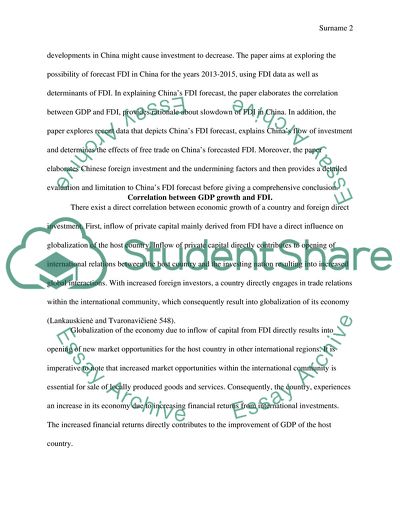Cite this document
(China FDI Forecast Research Paper Example | Topics and Well Written Essays - 3000 words, n.d.)
China FDI Forecast Research Paper Example | Topics and Well Written Essays - 3000 words. https://studentshare.org/macro-microeconomics/1847874-china-fdi-forecast
China FDI Forecast Research Paper Example | Topics and Well Written Essays - 3000 words. https://studentshare.org/macro-microeconomics/1847874-china-fdi-forecast
(China FDI Forecast Research Paper Example | Topics and Well Written Essays - 3000 Words)
China FDI Forecast Research Paper Example | Topics and Well Written Essays - 3000 Words. https://studentshare.org/macro-microeconomics/1847874-china-fdi-forecast.
China FDI Forecast Research Paper Example | Topics and Well Written Essays - 3000 Words. https://studentshare.org/macro-microeconomics/1847874-china-fdi-forecast.
“China FDI Forecast Research Paper Example | Topics and Well Written Essays - 3000 Words”. https://studentshare.org/macro-microeconomics/1847874-china-fdi-forecast.


